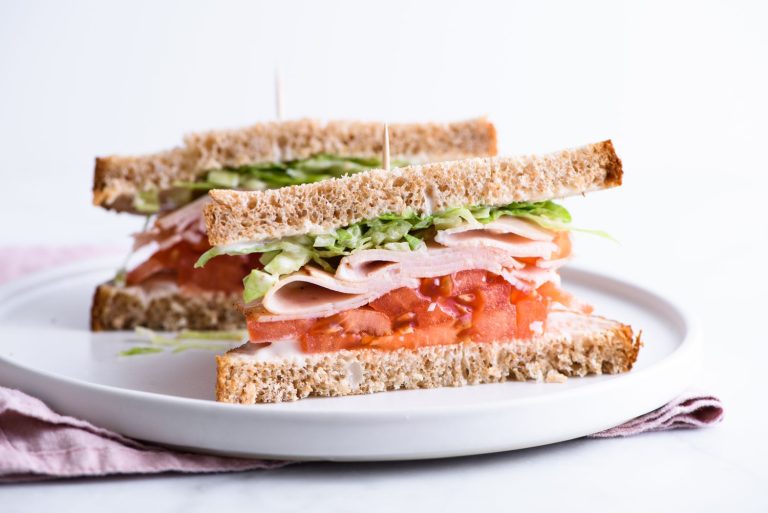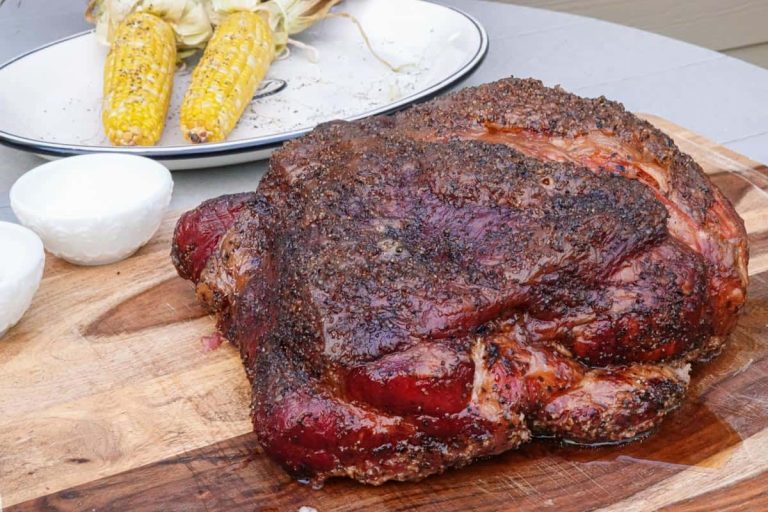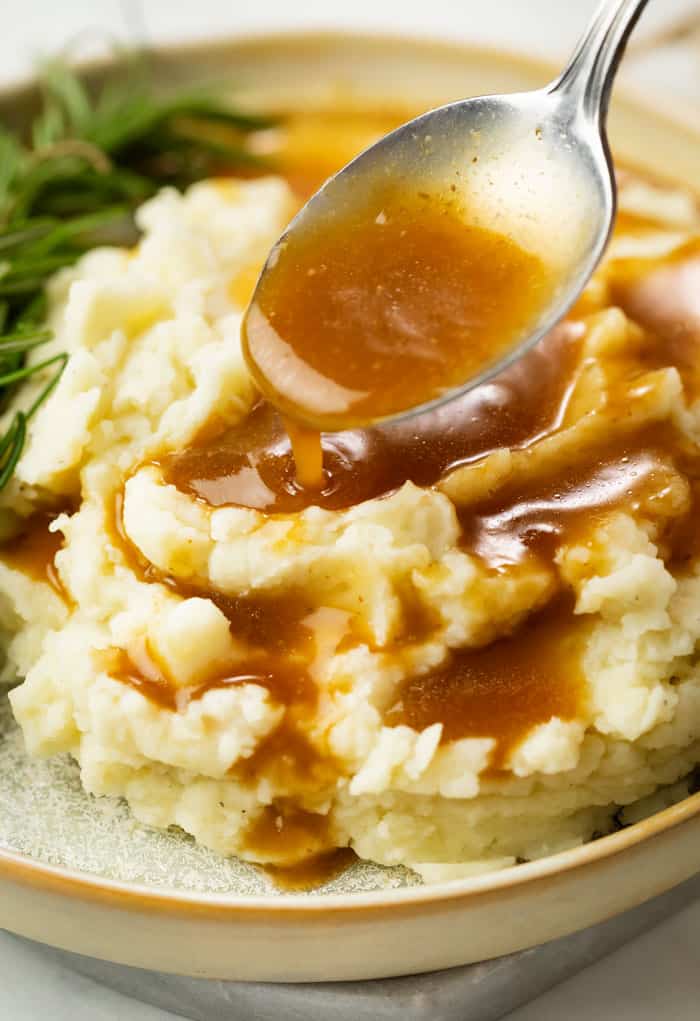Russian Pirozhki: Origins, Recipes, and Modern Serving Ideas
Pirozhki have deep roots in Russian culture, dating back to the 9th century. Often served during festive events, these pastries became a staple in Russian households. The name “pirozhki” derives from “pir,” meaning feast. Russians cherished pirozhki for their versatility and ability to incorporate local ingredients, such as cabbage, potatoes, and mushrooms.
Evolution of Pirozhki Over the Centuries
Over the centuries, pirozhki evolved with changes in society and culinary practices. Initially, they were baked, but by the 18th century, frying became a popular method. The fillings diversified, including novel ingredients like rice, eggs, and various meats. Soviet-era influences introduced simplified versions, making pirozhki accessible even in challenging economic times. Now, pirozhki find popularity not just in Russia but internationally, celebrated for their unique blend of tradition and adaptability.
Key Ingredients and Variations
Common Fillings in Traditional Pirozhki
Many traditional Russian pirozhki feature a range of hearty fillings, giving them their distinct flavor profiles. Popular meat fillings include ground beef, chicken, and pork, often mixed with onions for added flavor. Vegetarian options also abound, such as sautéed cabbage, mashed potatoes, and mushrooms. Sweet versions use fillings like apples, cottage cheese, or berries. Each filling provides a unique twist to the pirozhki, ensuring there’s a variety for every palate.
Regional Variations Across Russia
Different regions in Russia put their own spin on pirozhki, resulting in diverse variations. In Moscow, you’ll often find baked pirozhki filled with a blend of meats and spices. In Siberia, pirozhki include fish like salmon, reflecting the local diet. The Volga region favors fillings such as kasha (buckwheat) and hard-boiled eggs. These regional differences not only showcase the versatility of pirozhki but also highlight local culinary traditions.
Cooking Techniques for Perfect Pirozhki
Baking vs. Frying: Pros and Cons
Baking and frying are two main methods for cooking pirozhki. Each offers distinct benefits, influencing the final texture and flavor. Baking ensures a uniform, golden-brown crust, resulting in a healthier alternative lower in fats. Fried pirozhki, on the other hand, boast a crispy exterior and soft, moist interior, making them rich and flavorful but higher in calories and fats. If you prefer a lighter option with a uniform texture, choose baking. Select frying if you desire a more indulgent treat with a satisfying crunch.
Tips for the Perfect Dough and Seal
Perfect dough ensures delightful pirozhki. Start with warm milk or water to activate the yeast effectively. Use a blend of all-purpose and bread flour to achieve the right balance of elasticity and structure. Knead the dough until smooth and elastic to ensure proper gluten development.
Sealing the pirozhki correctly prevents fillings from leaking. Pinch the edges together firmly after adding the filling. For additional security, press the edges with a fork, creating a decorative seal that also reinforces the closure. This step ensures your pirozhki remain intact during baking or frying, providing a neat and enjoyable eating experience.
Serving and Enjoying Pirozhki
Traditional Accompaniments
Russian meals often feature pirozhki accompanied by various traditional sides and beverages. These small, filled pastries pair well with a hot bowl of borscht, enhancing the dining experience with a hearty soup balance. Sour cream adds a creamy texture, complementing savory fillings like meat or mushrooms. Kvass, a fermented beverage, offers a refreshing contrast and is a popular choice alongside pirozhki. Tea, served either black or with lemon, is another common drink, making pirozhki a staple in both casual and formal meals. These traditional accompaniments maintain the cultural essence of enjoying pirozhki.
Modern Serving Suggestions
While traditional pairings remain popular, modern serving techniques have also emerged. You might find pirozhki served as appetizers at parties, arranged on platters with fresh herbs like dill or parsley for added flavor. Dipping sauces such as garlic aioli or spicy tomato salsa provide a contemporary twist and enhance the flavor profile of these pastries. They can also be part of a brunch menu, served with scrambled eggs, bacon, and a side salad for a more diversified meal. For a unique modern pairing, consider serving pirozhki with craft beers or sparkling water infused with citrus for a refreshing and trendy combination. These modern serving suggestions enable you to enjoy pirozhki in versatile ways, catering to both traditionalists and contemporary palates.
Conclusion
Exploring traditional Russian pirozhki offers a delicious journey through history and culture. Whether you prefer the classic baked versions or the modern fried ones these filled pastries encapsulate the essence of Russian culinary tradition. Pair them with borscht or sour cream for an authentic experience or get creative with contemporary accompaniments like dipping sauces and craft beers. Pirozhki’s versatility makes them perfect for any occasion from casual family dinners to sophisticated brunches. Dive into the rich flavors and textures of pirozhki and bring a piece of Russian heritage to your table.





